Cupped Butter
To find his buttercup eyes
follow route 15
Wave at book shops
hosting 50,000 novels
motorist prayers
laminated and
used as bookmarks.
Pass sage
clapboards with milk
bottles in windows,
and bird baths and vegetables for sale.
The air is basil tinged there
his lemon skin
approaches
cracked liquor
bottles with lips
like ginger thins.
On striped sheets, sit
empty cans of peanuts,
folded carnival rides,
and empty cars of trains,
tracks of peppermint seersucker
arrivals of perspiration at midnight.
Trusting phrase
See you next year
is carved in the breeze
vinegar stained,
gusts nudging masts
to strum their presence.
His corrupt teeth,
fine combed hairs
watch a balding eagle.
He cannot name the word for the bird
he once taught his grandchild.
Instead his hands flail
encouraging its majesty to leave
his pine perch
shouting
fly!
giggling
tickle tickle
whispering softly
fly.
Eagle soars
knows his last summer on the coast is
dusted by buttercups
that taste
bitter
and bite.

“Attractors” © Dr. Regina Valluzzi
Olivia Vande Woude is a senior in high school from Charlottesville, Virginia. She has been writing stories for most of her life, and has recently focused her attention on writing poetry. She was selected to read her work at the Virginia Festival of the Book and her work has been featured in Literary Orphans, Stepping Stones Magazine, Poetry Space U.K., The Sacred Cow Magazine, Five 2 One Magazine, Carnival Magazine, Poetry Super Highway, Canvas, and other literary magazines. Olivia is an intern at Tupelo Press Teen Writing Center, where she is co-editor of the Crossroads Anthology.
Art can illuminate even the most elusive and difficult to comprehend ideas. Visual rules and tightly codified visual metaphors help scientists communicate complex ideas mostly amongst themselves, but they can also become barriers to new ideas and insights. Dr. Regina Valluzzi’s images are abstracted and diverged from the typical rules and symbols of scientific illustration and visualization; they provide an accessible window into the world of science for both scientists and non-scientists.
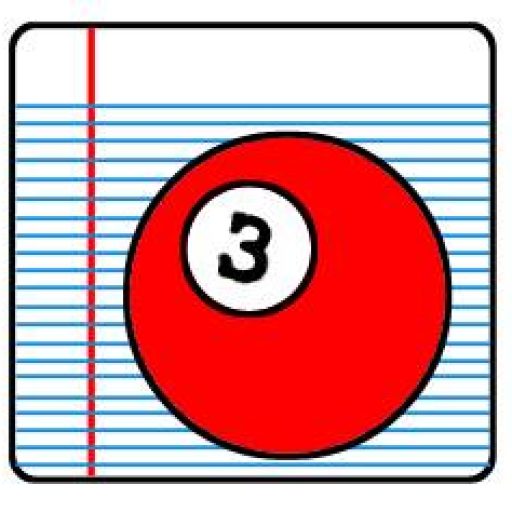



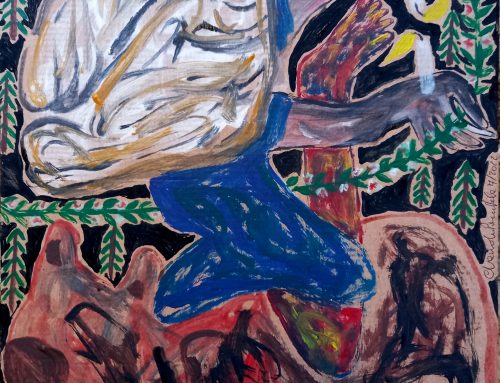
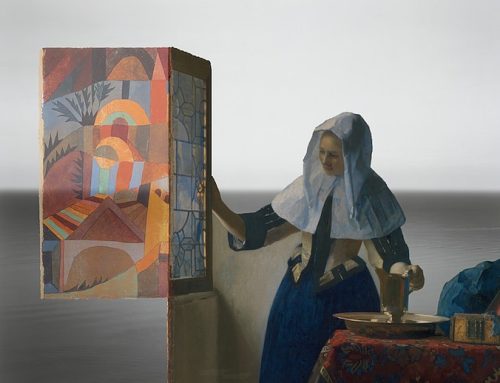


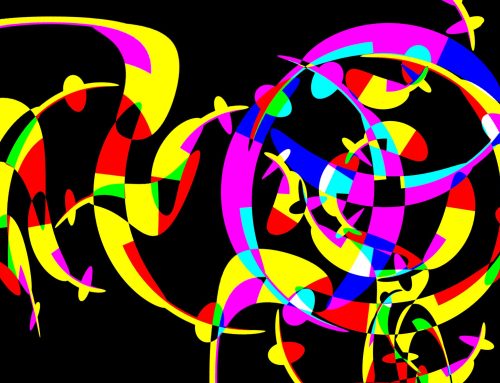
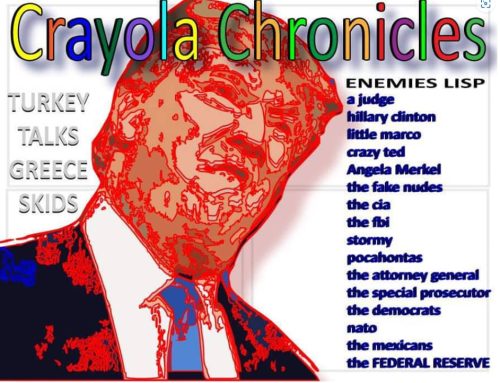
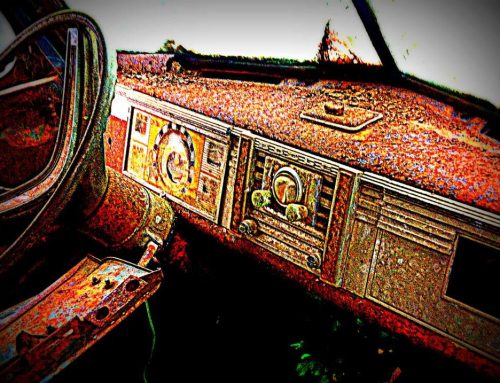
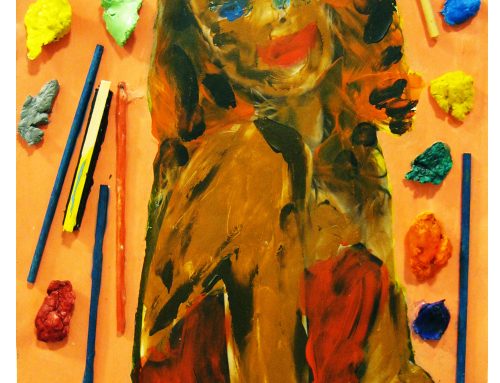
Leave A Comment